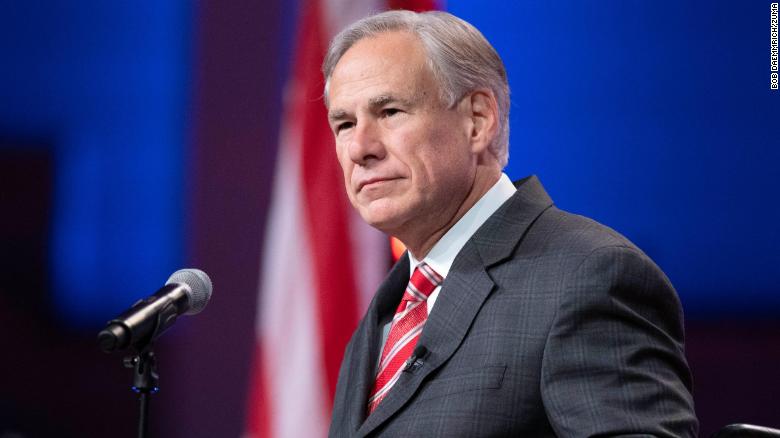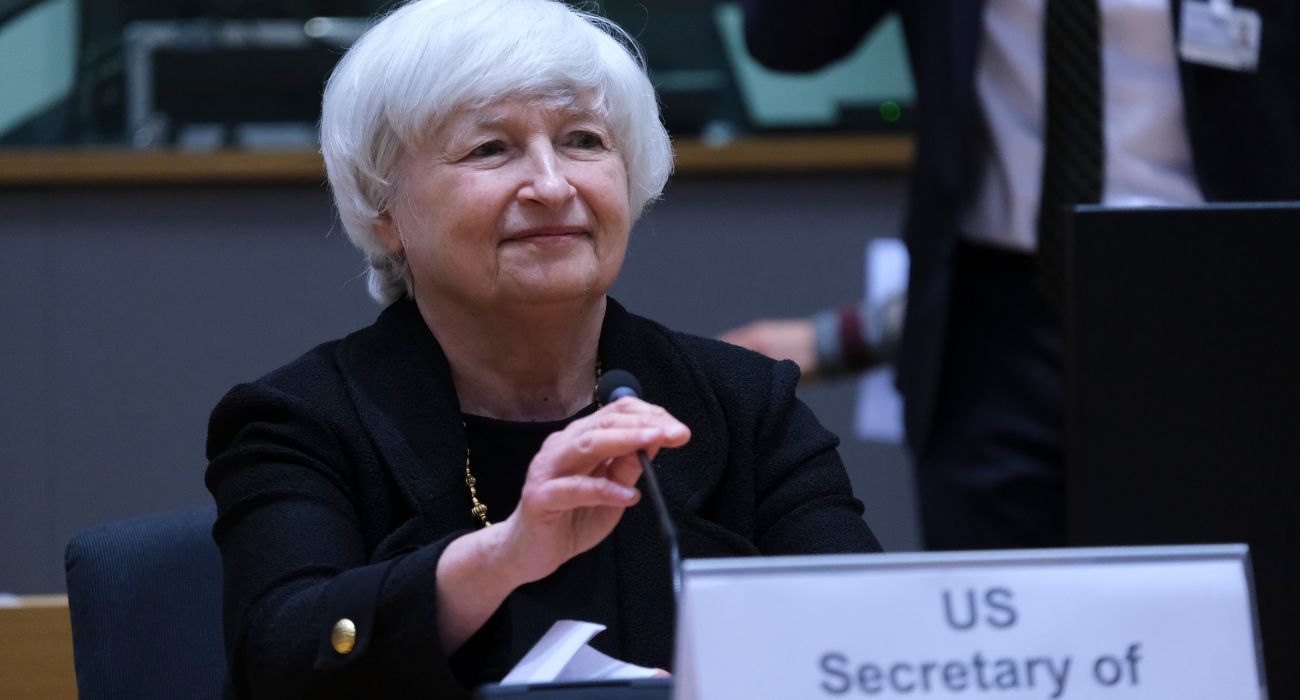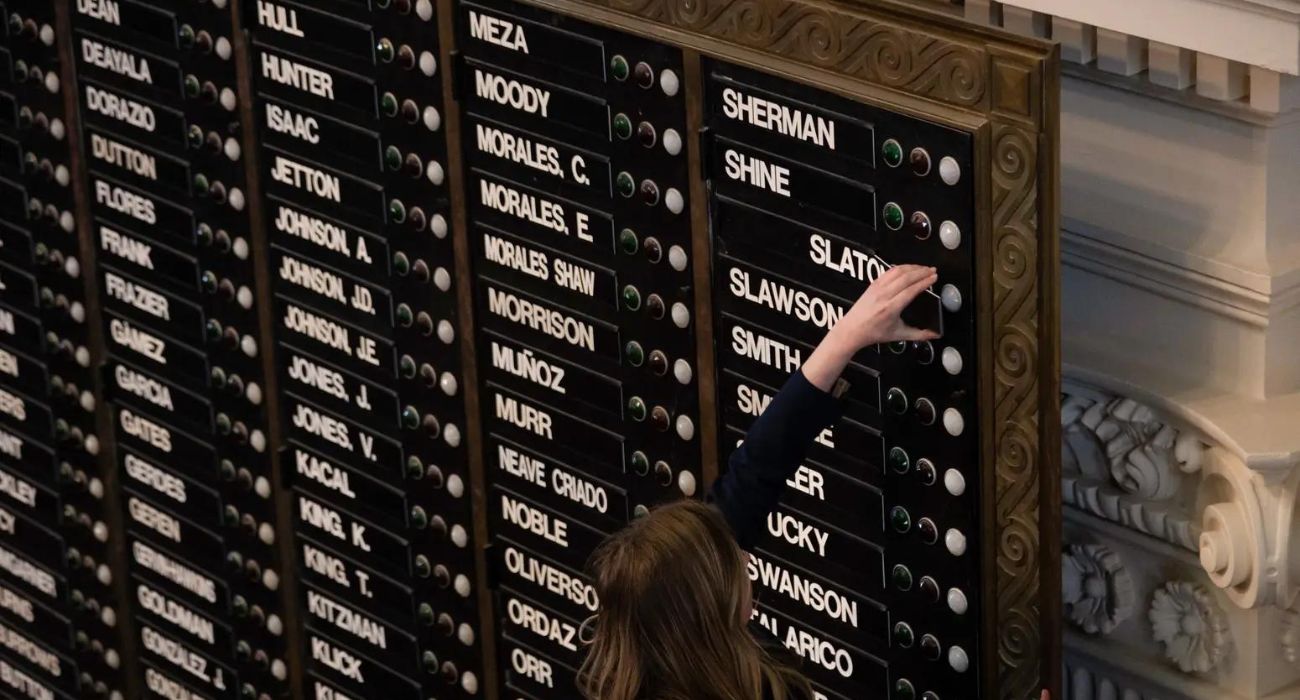At the end of last month, Governor Greg Abbott renewed Texas’ emergency COVID declaration for an additional 30 days. Twenty other states have maintained their COVID emergency status, while another 29 states have ended them.
On Sunday, his official proclamation held that “a state of disaster continues to exist in all counties due to COVID-19.”
“I authorize the use of all available resources of state government and of political subdivisions that are reasonably necessary to cope with this disaster,” the declaration read.
The governor’s response to COVID began in March of 2020. Abbott declared a state of emergency in Texas on March 13 and has renewed its status for each of the 26 months since.
An executive order from Abbott on March 19 temporarily closed schools, bars, and gyms. It also restricted visitors to nursing homes and other facilities that cared for the elderly. Restaurants were limited to takeout and drive-through sales.
In mid-April, frustration had grown so much with COVID restrictions that there were protests outside the state Capitol building. After the protests began, Abbott decided to at least partially reopen the state.
On April 17, 2020, he said, “We’ve shown that we can both continue our efforts to contain the coronavirus while also adopting safe standards that will allow us to begin the process of reopening business in Texas,” Houston Public Media reported.
After making that statement, Abbott implemented Phase 1 of his plan to reopen Texas. Every two weeks, he reduced occupancy restrictions on businesses. However, on July 2, 2020, he issued an executive order that required people to wear facemasks in most public locations, which was very unpopular with many members of his party.
During a virtual convention for the Texas Republican Party a few weeks later, he addressed the issue directly. He stated that he also did not like the mask mandates and had not wanted to issue the executive order but felt he had no choice.
On March 2, 2021, the governor issued an executive order ending any limits on occupancy and the mask mandates. Abbott let businesses know that they could still implement safety protocols and limit capacity voluntarily but would no longer be required to do so.
He also stated that counties could resume enforcing restrictions if COVID hospitalization rates rose again within their borders.
Abbott remarked that “it is clear from the recoveries, from the vaccinations, from the reduced hospitalizations and from the safe practices that Texans are using, that state mandates are no longer needed.”
This statement was followed by an executive order on May 18, 2021, that prohibited school districts and other government entities from requiring masks. He also has maintained that vaccines must remain optional.
In the week leading up to March 13, 2020, when Abbott first declared a state of emergency over COVID, there was a daily average of seven cases reported in Texas, according to data compiled by Texas Health and Human Services.
Texas saw its most notable surges in 7-day average case numbers on August 4, 2020 (7,900), January 5, 2021 (14,700), September 8, 2021 (13,000), and January 12, 2022 (37,600), its highest peak.
Aside from the gradual rise and fall that led up to and followed these surges, the average daily cases reported in Texas have primarily remained below 5,300 throughout the pandemic.
An average of 4,800 cases were reported daily in the seven days ending June 7.







Abbott is a loser. He knows darn well that covid is no more a threat than the common cold. It poses the question – “How much is he getting paid?”
There is no “State Of Emergency.”
What is Abbott up to?